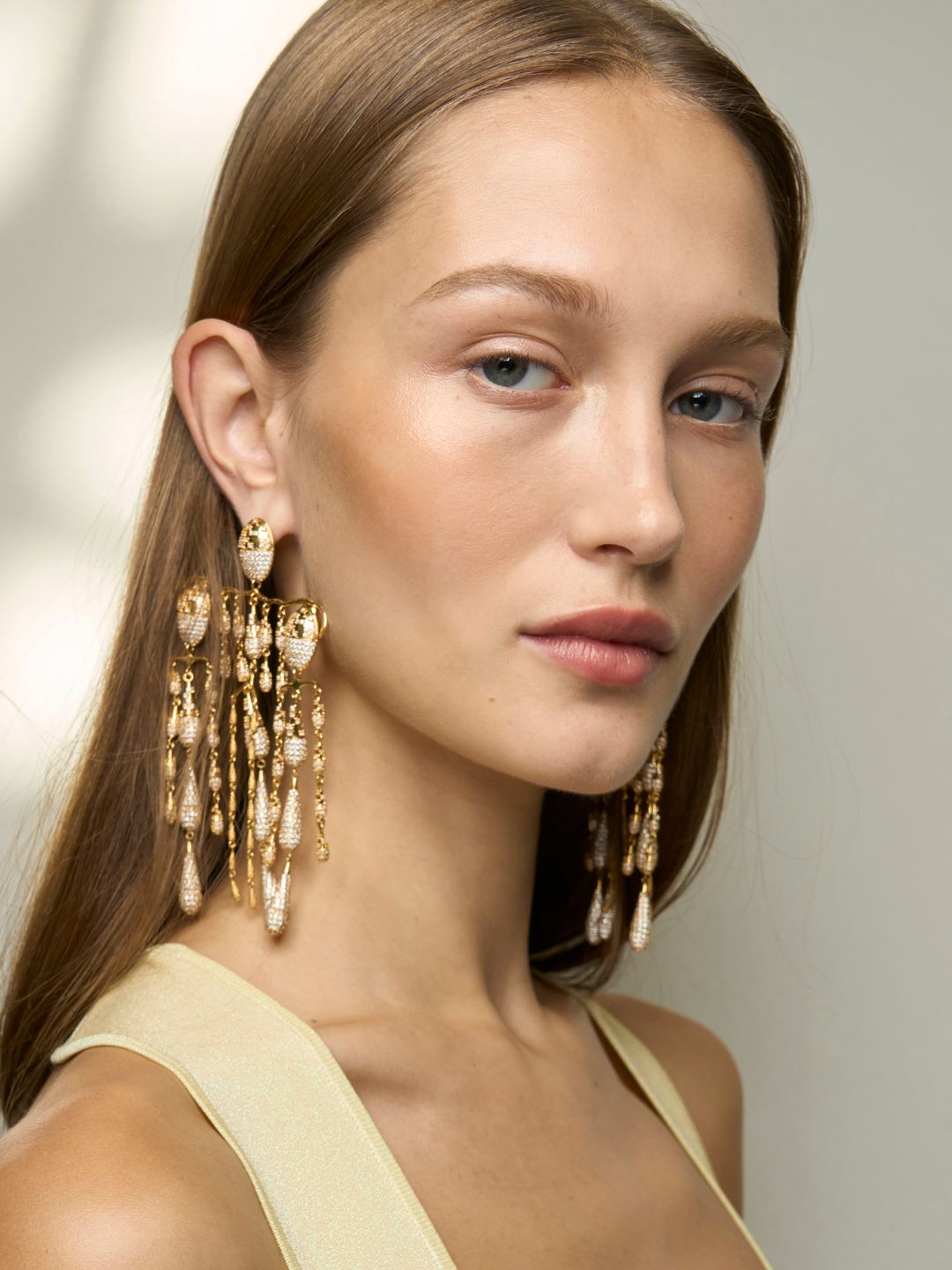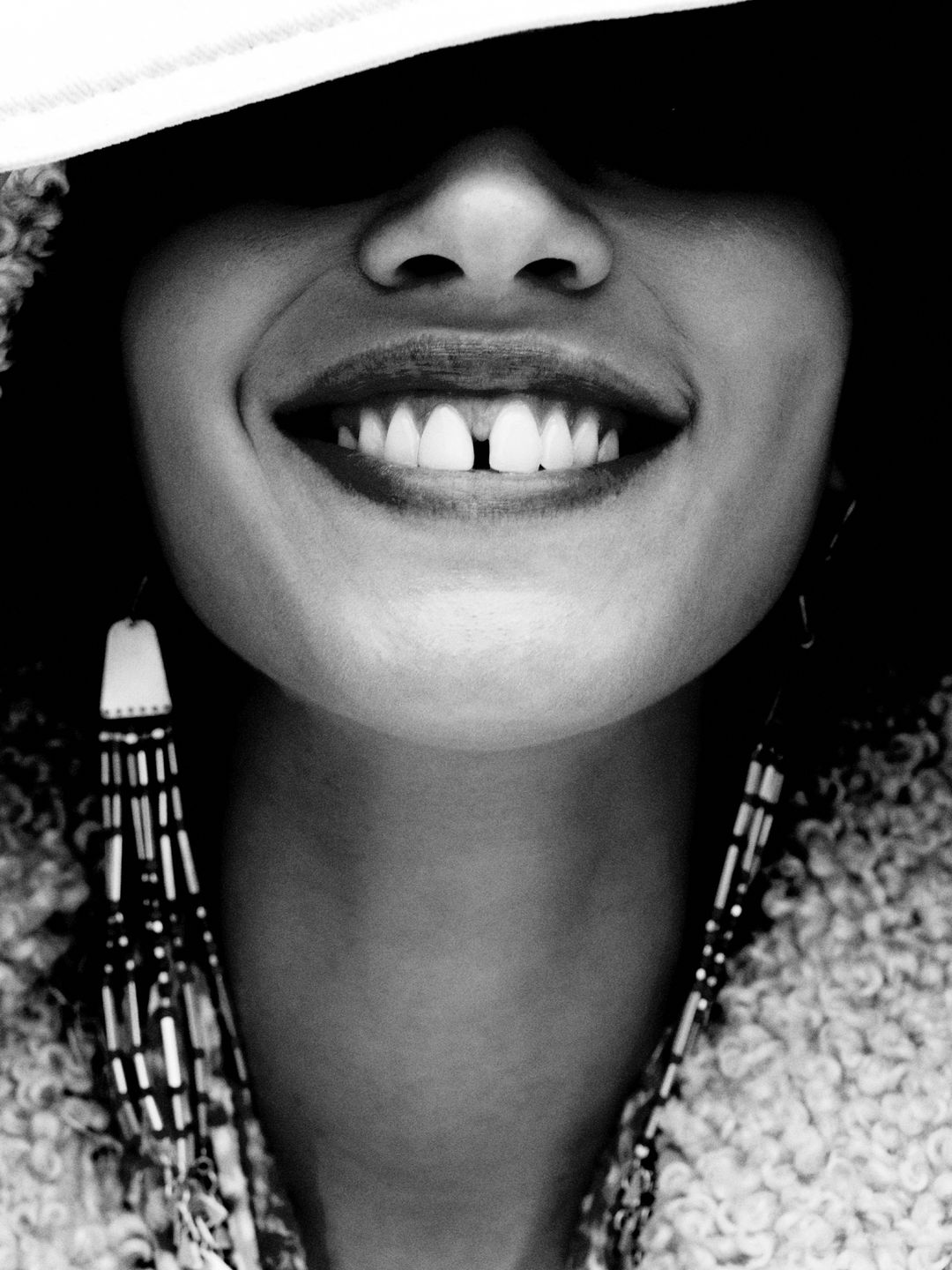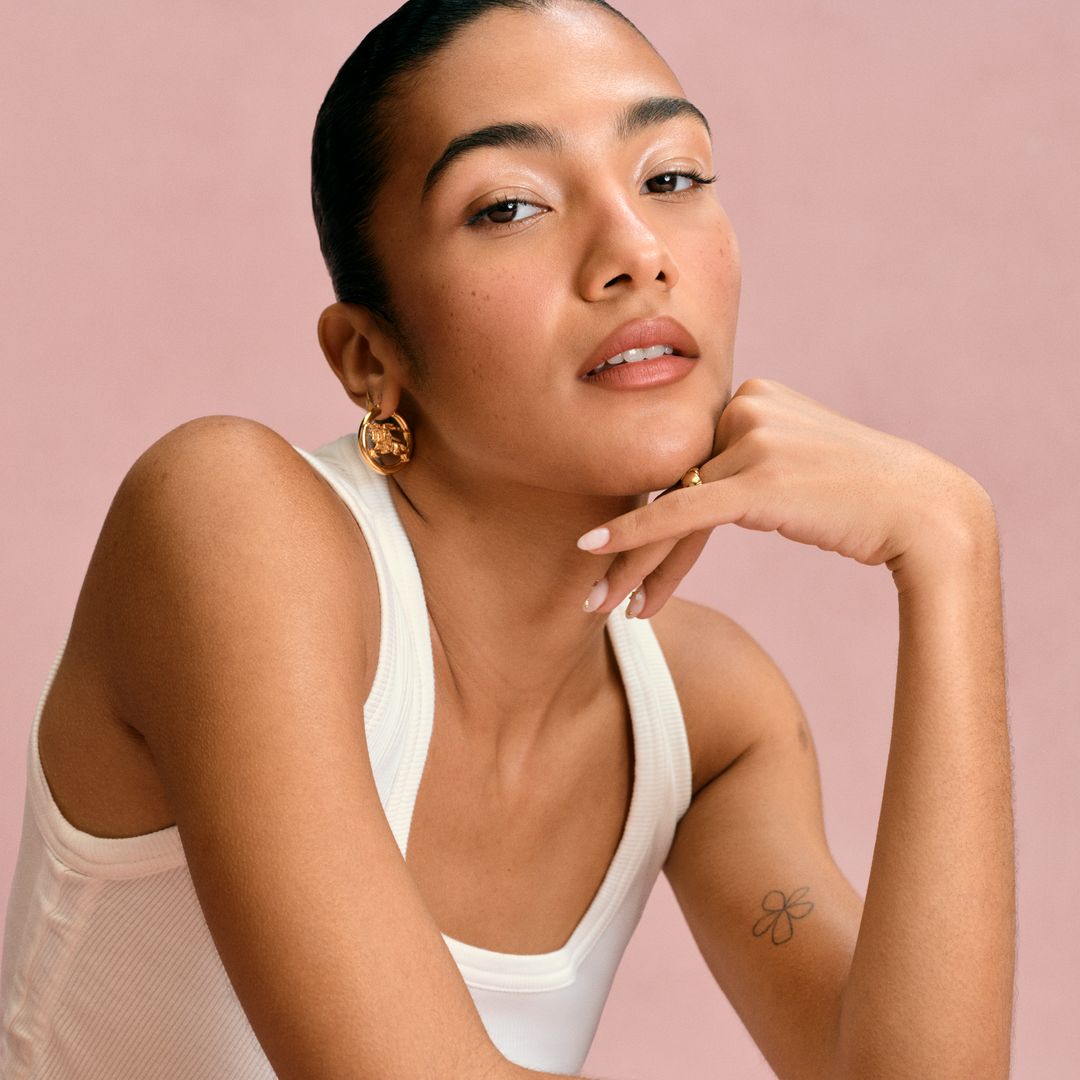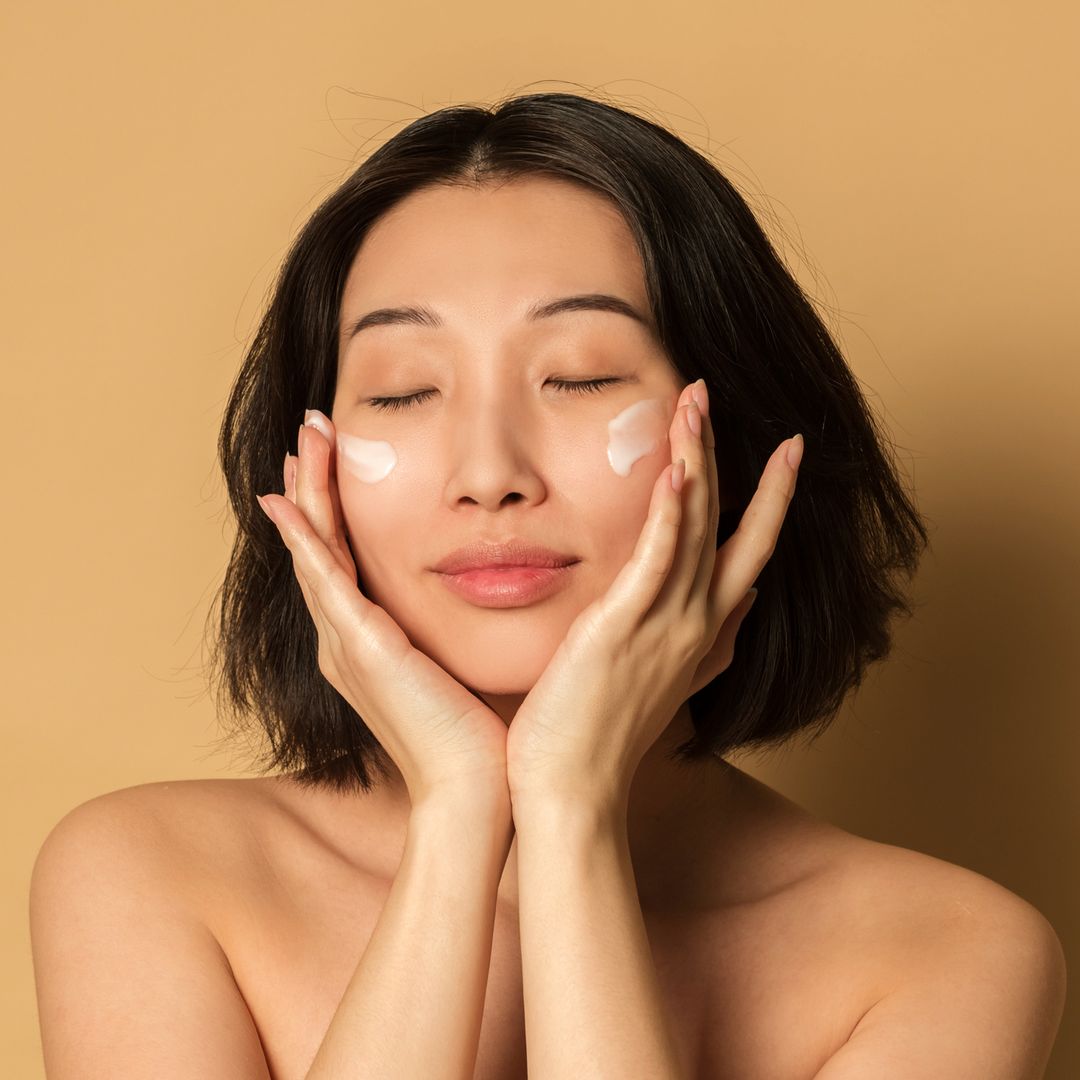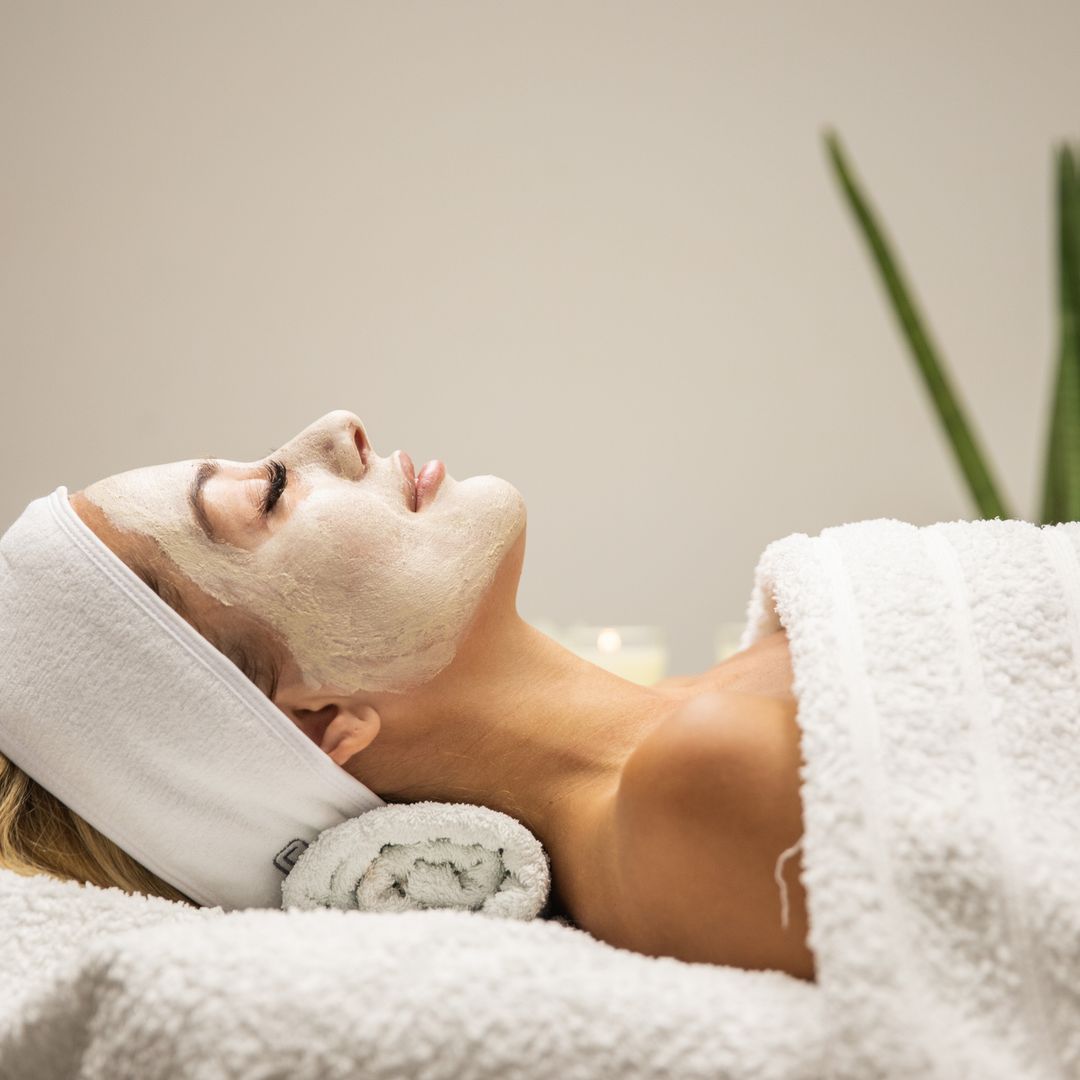As someone who regularly tackles their facial hair (thanks a lot PCOS), shaving my face is something that has become a regular habit when I don't have time to reach for the tweezers.
And it's not just women who struggle with PCOS that choose to de-fuzz their face. If you've spent any amount of time on TikTok recently you will have noticed influencers spraying their face with a white hair identifier spray, before using a sharp blade to remove even the finest of hairs.
Here we get an expert opinion on how to shave safely...
What are the benefits of removing facial hair?
Other than the obvious which is removing any fluff or dark hairs, many people who choose to shave their face say it helps their makeup sit better on their skin, allows their skincare to work more effectively, and gives them more of a radiant glow.
"Dermaplaning is great for people with ageing, dry and rough skin," explains Advanced Facial Aesthetician Dr Tara Francis. "It can also help reduce the appearance of fine lines, and superficial hyperpigmentation."
Is there a difference between face shaving and dermaplaning?
Aesthetic Doctor and Skin Specialist, Dr Raja, explains everything you need to know about the difference between the two techniques:
"There is a distinction between face shaving and dermaplaning, although they are similar," he tells us. "Dermaplaning is typically performed with a sharper, surgical-grade scalpel that not only removes fine facial hair but also exfoliates the skin by removing dead skin cells.
"This dual action can leave the skin looking smoother and more radiant. Face shaving, on the other hand, may use a less sharp razor that primarily focuses on hair removal rather than exfoliation. If someone is looking for both hair removal and skin exfoliation, a dermaplaning tool might be more effective."
MORE: How to get a non-surgical eyelift: This new procedure is going to save you from going under the knife
READ: Lymphatic drainage: everything you need to know
How can women shave safely?
While shaving your facial hair won't make it grow back thicker, using an old or dirty blade can result in irritation so before you start there are a few tips you should adhere to.
"It’s important to take precautions to minimise the risks of ingrown hairs, scarring, and irritation," says Dr Raja. "To reduce these risks, it’s advisable to always use a clean, sharp blade, and ensure the skin is properly prepped with a gentle cleanser to remove any dirt and oils.
"Shaving in the direction of hair growth can also help minimise irritation and the chance of ingrown hairs. After shaving, using a soothing product, like aloe vera or a fragrance-free moisturiser, to help calm the skin and reduce redness."
RELATED: The 7 Best Luxury Facials In London
How to care for your skin after shaving
Much like when you shave your legs, your skin can be a bit more sensitive for a few moments afterwards. Dr Raja shares his top tops; "Avoid skincare ingredients like retinoids, exfoliating acids (like AHAs and BHAs), or strong vitamin C immediately after shaving, as they can be too harsh and lead to irritation. Instead, opt for hydrating and soothing ingredients like hyaluronic acid, ceramides, and aloe vera to nourish and protect."
Like this story? Sign up to our HELLO! newsletters to get other stories like this delivered straight to your inbox.

